Collections
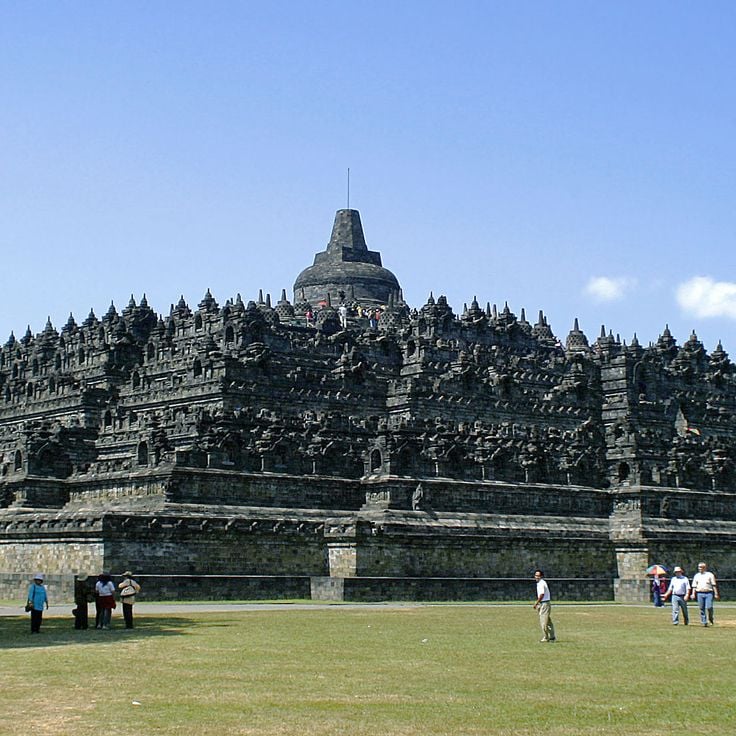
Ancient temples of Indonesia
The Indonesian temples from the 8th to 14th centuries showcase Buddhist and Hindu architecture. The stone structures display reliefs, sculptures, and religious symbols. The temple complexes are located in Java and Bali, surrounded by rice fields and volcanoes. The monuments document the history of the Mataram and Singhasari kingdoms.
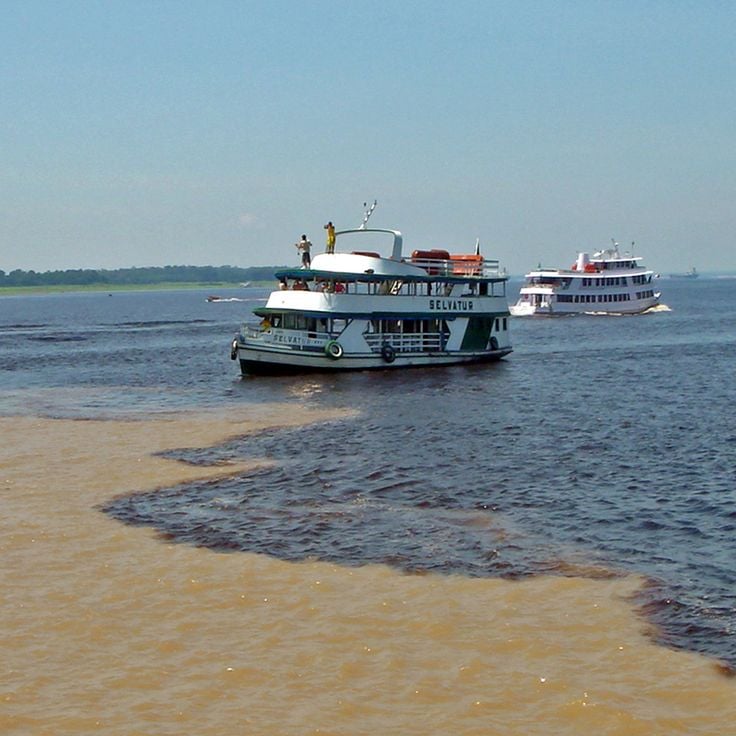
Amazon River and its natural areas
The Amazon River flows through the largest rainforest on Earth. Its tributaries house river dolphins and numerous species. Ancient petroglyphs document the region's history. The river spans multiple South American countries with varied ecosystems, from flooded forests to table mountains.

Himalayan monasteries and temples
Buddhist monasteries in the Himalayan mountain ranges display religious and architectural traditions dating from the 11th century. The buildings house art collections, sacred texts, and cultural artifacts. Many monasteries function as religious schools and preserve Tibetan Buddhist teachings.
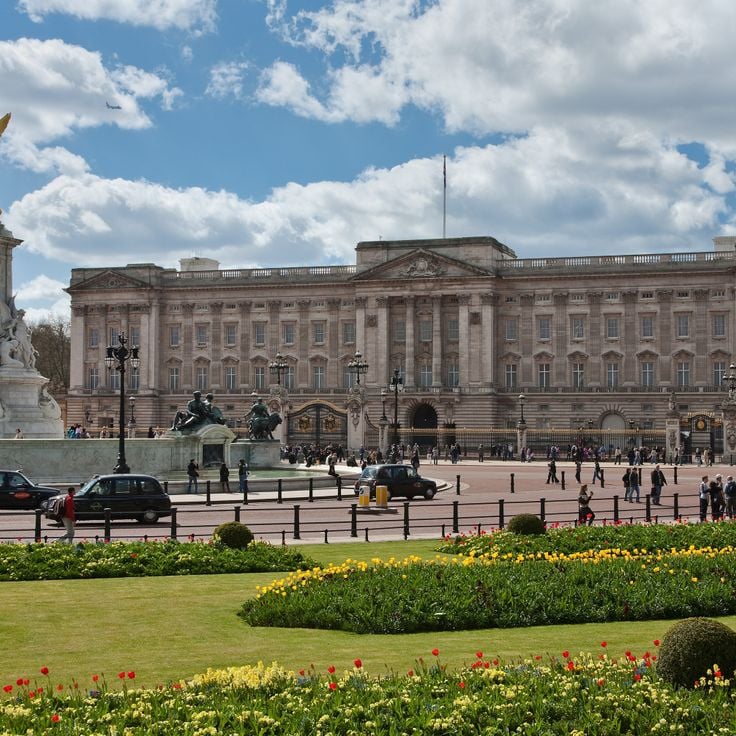
Royal and presidential residences worldwide
These palaces serve as official seats for monarchs and presidents. The buildings combine historical architecture with political function and document the evolution of state power. The rooms and gardens showcase various architectural styles and political periods of their respective countries.

Modern architecture by Norman Foster
Sir Norman Foster designs buildings with innovative technical solutions. His structures combine steel, glass and energy efficiency. From the Reichstag dome in Berlin to the circular Apple headquarters in California, his works demonstrate technical precision. Foster has shaped London's skyline with 30 St Mary Axe tower and the Millennium Bridge.
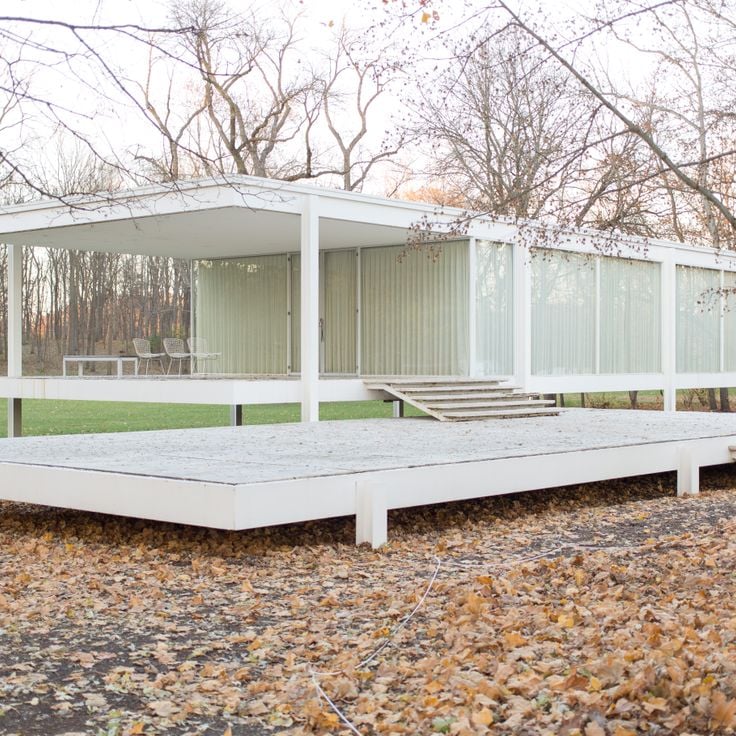
Architecture by Mies Van der Rohe worldwide
Ludwig Mies van der Rohe shaped modern architecture with buildings across Europe and North America. His structures feature geometric forms, steel, glass, and clean lines. The Farnsworth House in Illinois, Barcelona Pavilion in Spain, and Seagram Building in New York demonstrate his principles of reduction to essentials. His works include skyscrapers, museums, residences, and public buildings.
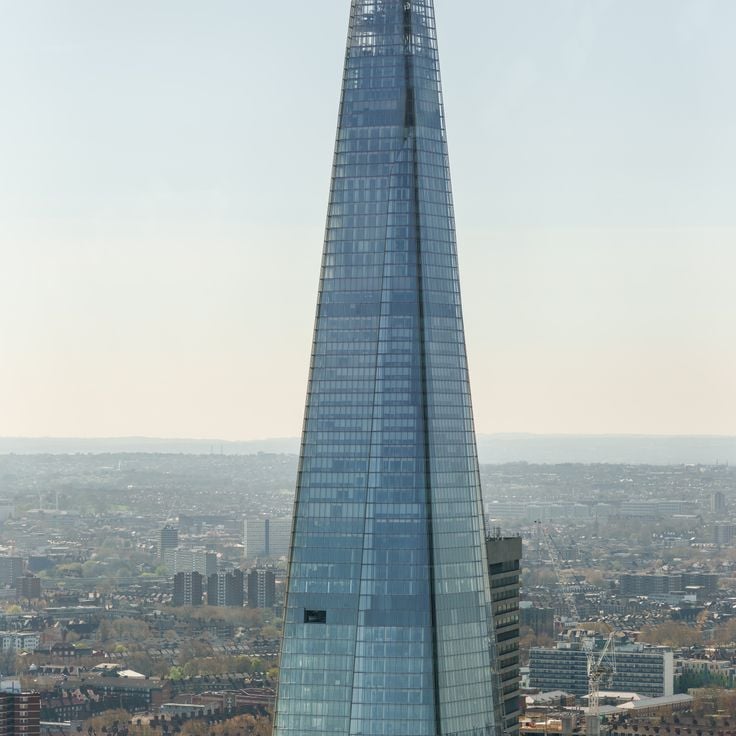
Renzo Piano buildings worldwide
Buildings designed by Italian architect Renzo Piano feature glass, steel and natural light as structural elements. His portfolio includes museums, concert halls, airports, and skyscrapers worldwide. The buildings integrate technical innovation with minimalist design language. The structures incorporate sustainable materials within urban settings, from London's 309-meter Shard to Paris's Centre Pompidou with its exposed technical elements.
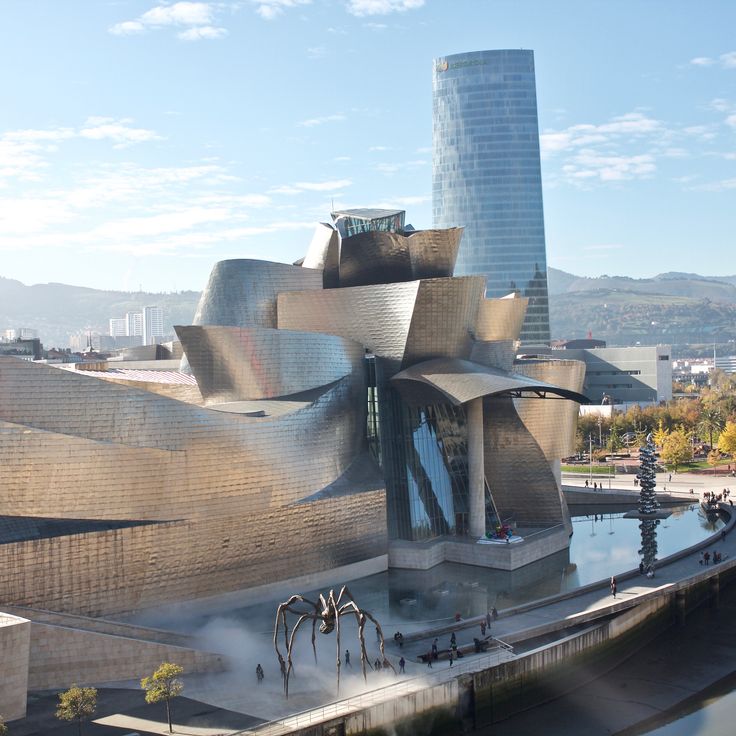
Frank Gehry buildings architecture worldwide tour
Frank Gehry creates buildings with curved metal surfaces, irregular shapes and experimental structures. His works shape cityscapes from Bilbao to Los Angeles. The facades use titanium, steel or glass. The interiors house museums, concert halls and offices. His designs demonstrate architectural possibilities with computer aided planning.
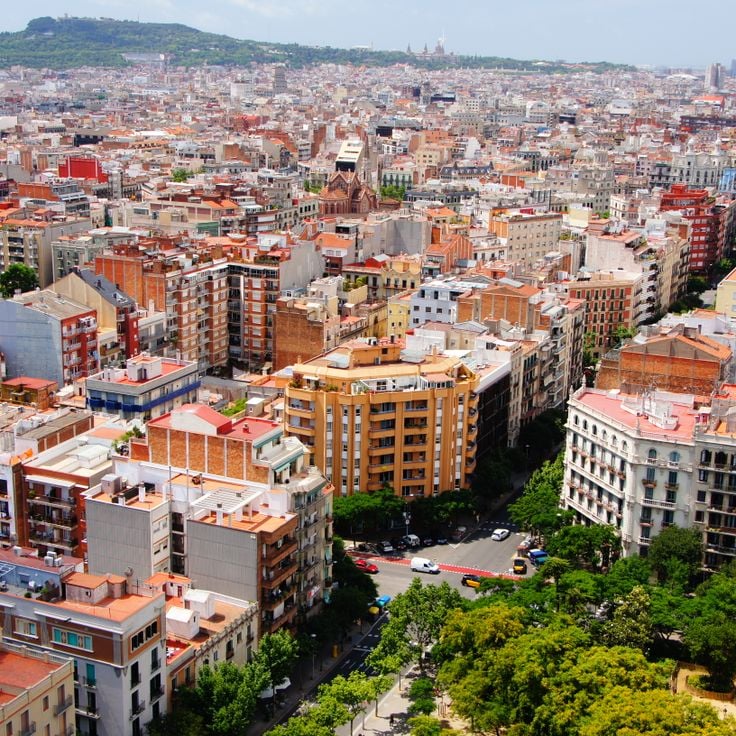
Antoni Gaudi architecture in Barcelona
Antoni Gaudi shaped Barcelona's urban landscape with his modernist architecture. His buildings display organic forms, natural motifs, and structural innovations. The Sagrada Familia, Casa Batllo, and Park Güell exemplify his experimental construction methods that brought international recognition to Barcelona.
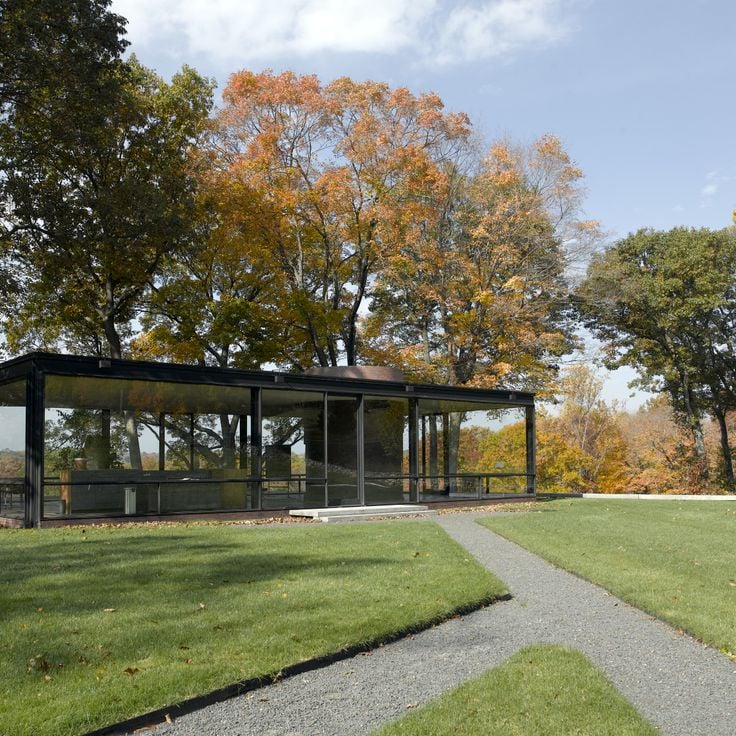
Philip Johnson architecture through modernist design
Philip Johnson created notable buildings across the United States and Europe. His works include the Glass House in New Canaan, the Seagram Building in New York, and the Puerta de Europa in Madrid. His designs combine modernism with classical elements and shape the skylines of New York, Houston, and other cities.

Jean Nouvel buildings worldwide
The French architect Jean Nouvel created modern buildings from cultural venues to skyscrapers. His structures combine contemporary architecture with local surroundings through innovative materials and forms. The buildings are located in cities like Paris, Abu Dhabi, Barcelona, and Sydney.
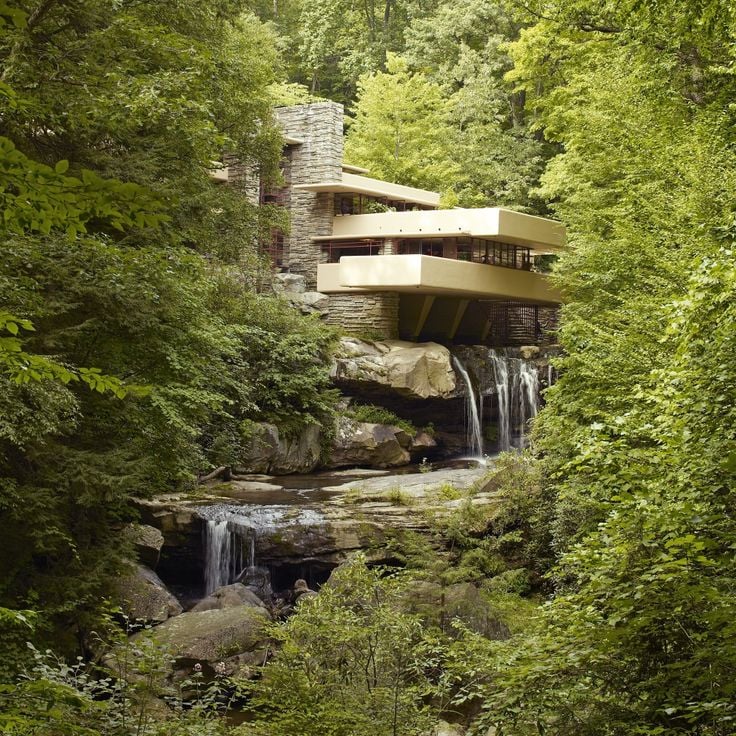
Frank Lloyd Wright architecture around the world
Frank Lloyd Wright shaped 20th century American architecture. His buildings, from private homes to public structures, demonstrate the integration of constructions with their natural surroundings. The structures span from Pennsylvania to Tokyo and show his organic architecture philosophy. The Fallingwater house, Guggenheim Museum, and Imperial Hotel in Tokyo exemplify his architectural innovation.
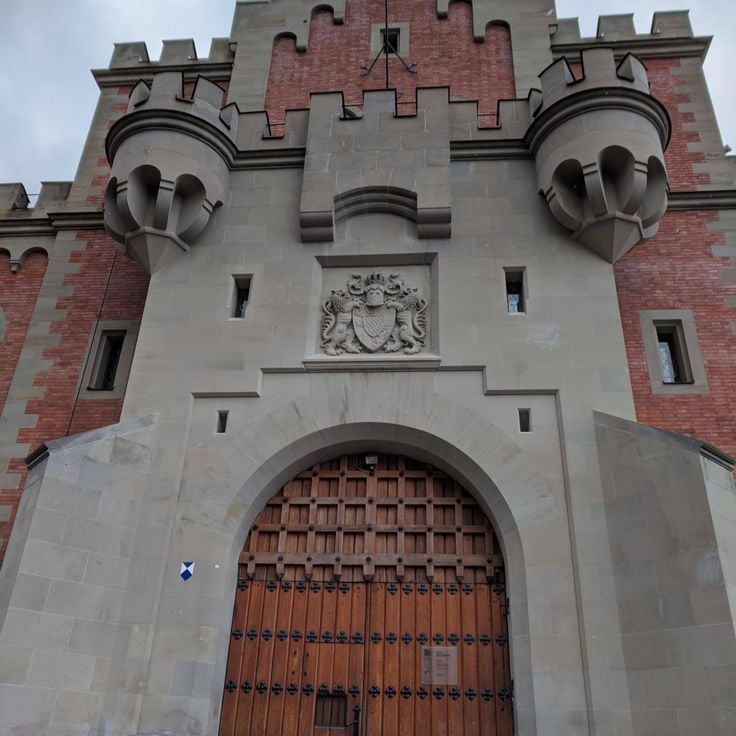
Historic castles of the world
These castles represent significant architecture from medieval to modern times. The structures showcase military defenses, royal residences, and religious centers. From the Alhambra in Spain to Himeji in Japan, these fortresses document different architectural styles and historical periods.
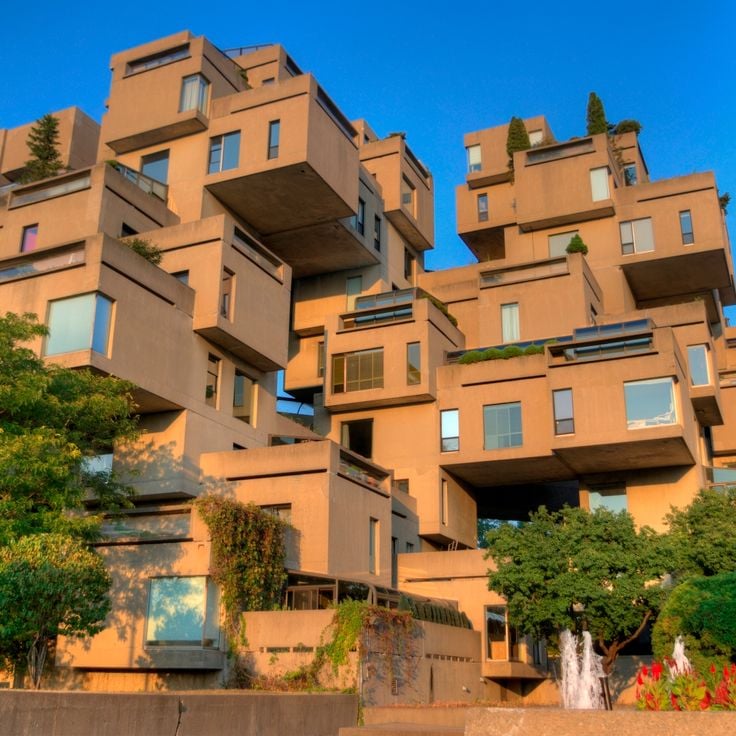
Moshe Safdie works around the world
This collection presents significant works of Moshe Safdie, an architect recognized for incorporating natural elements into his designs. These structures are located across various continents and reflect Safdie's philosophy and approach to creating environments that highlight human values and the characteristics of their locations.

Historic lighthouses around the world
These lighthouses are maritime structures that guide ships at sea. The buildings showcase architectural styles and technical developments spanning several centuries. From Roman constructions to modern structures, these navigation aids illustrate maritime history.
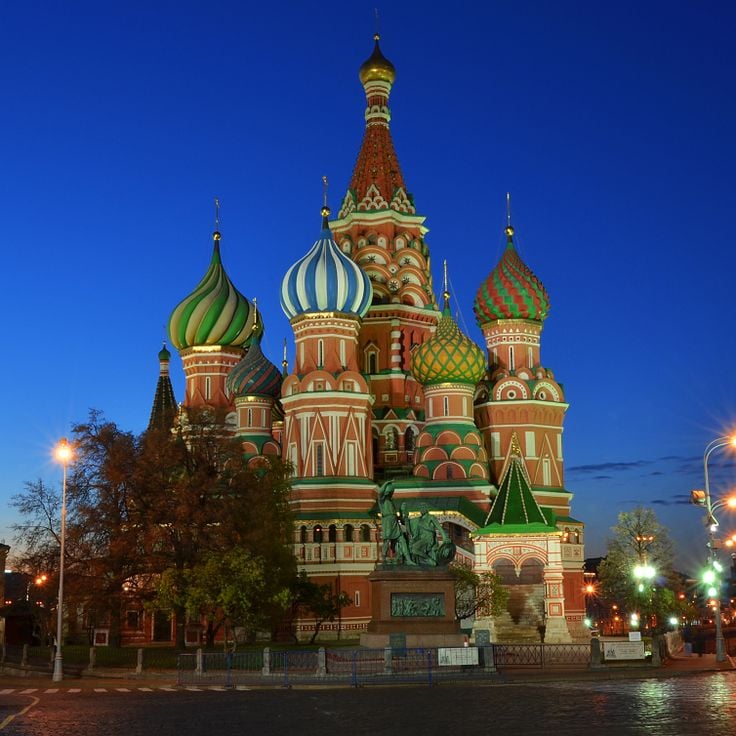
Orthodox churches and monasteries in Russia
These orthodox churches and monasteries represent Russian religious architecture. The buildings display various architectural styles from medieval to modern times, with characteristic onion domes, mosaics and frescoes. The cathedrals in Moscow and Saint Petersburg are centers of orthodox faith.
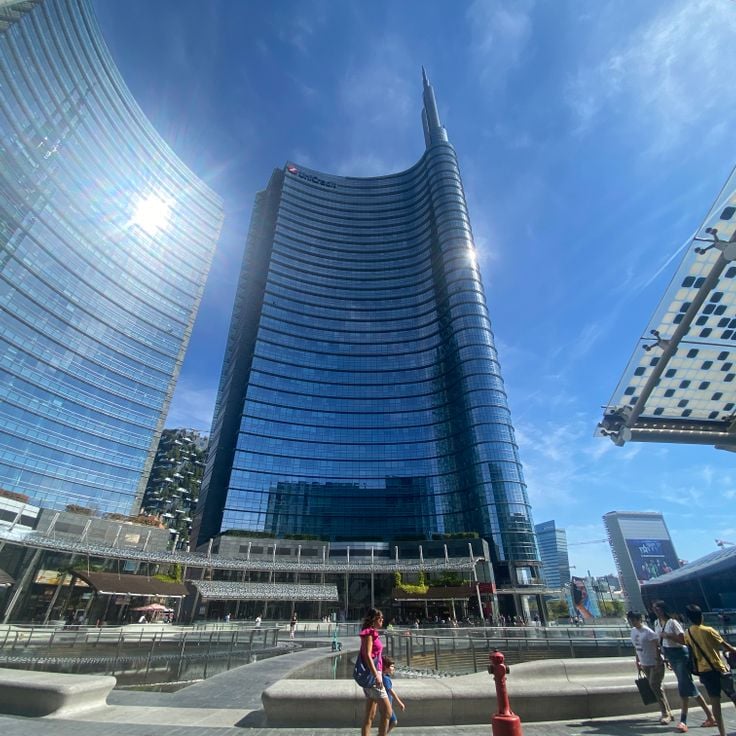
Modern towers and skyscrapers in Milan
The Milan skyline displays skyscrapers from different periods. From the historical Pirelli Tower to the new UniCredit Tower, Milan presents itself as a center of architecture. The buildings combine technical innovation with Italian design, as shown by the plant-covered Bosco Verticale and geometric Diamond Tower.

Religious sites and monasteries in Europe
These European monasteries and religious structures display architecture from medieval to modern times. The buildings showcase different architectural styles and occupy notable geographic locations: on islands, mountain peaks, or among lavender fields. Many of these monasteries remain active religious centers today.
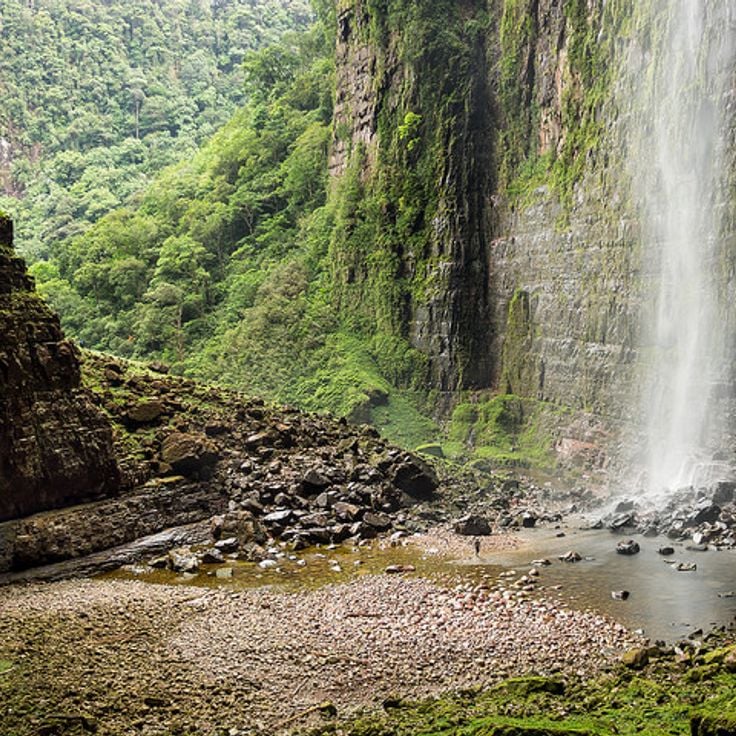
Venezuela's hidden attractions
Venezuela contains locations away from standard routes. The Andes contain waterfalls and colonial towns. The coast features remote beaches and islands. Inland areas offer caves, rock art, and nature parks. The region includes rare natural phenomena such as regular lightning storms.
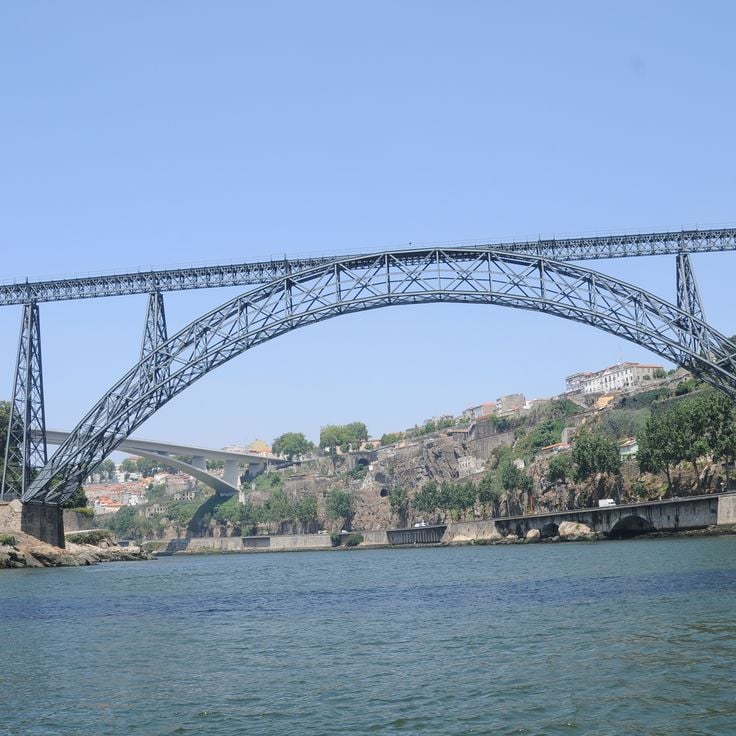
Eiffel metal bridges around the world
Metal bridges by Gustave Eiffel and his company connect cities and regions. These constructions span rivers and valleys in Europe, South America, Asia, and Africa. The structures demonstrate technical innovations of the 19th and early 20th centuries, with a focus on iron engineering.